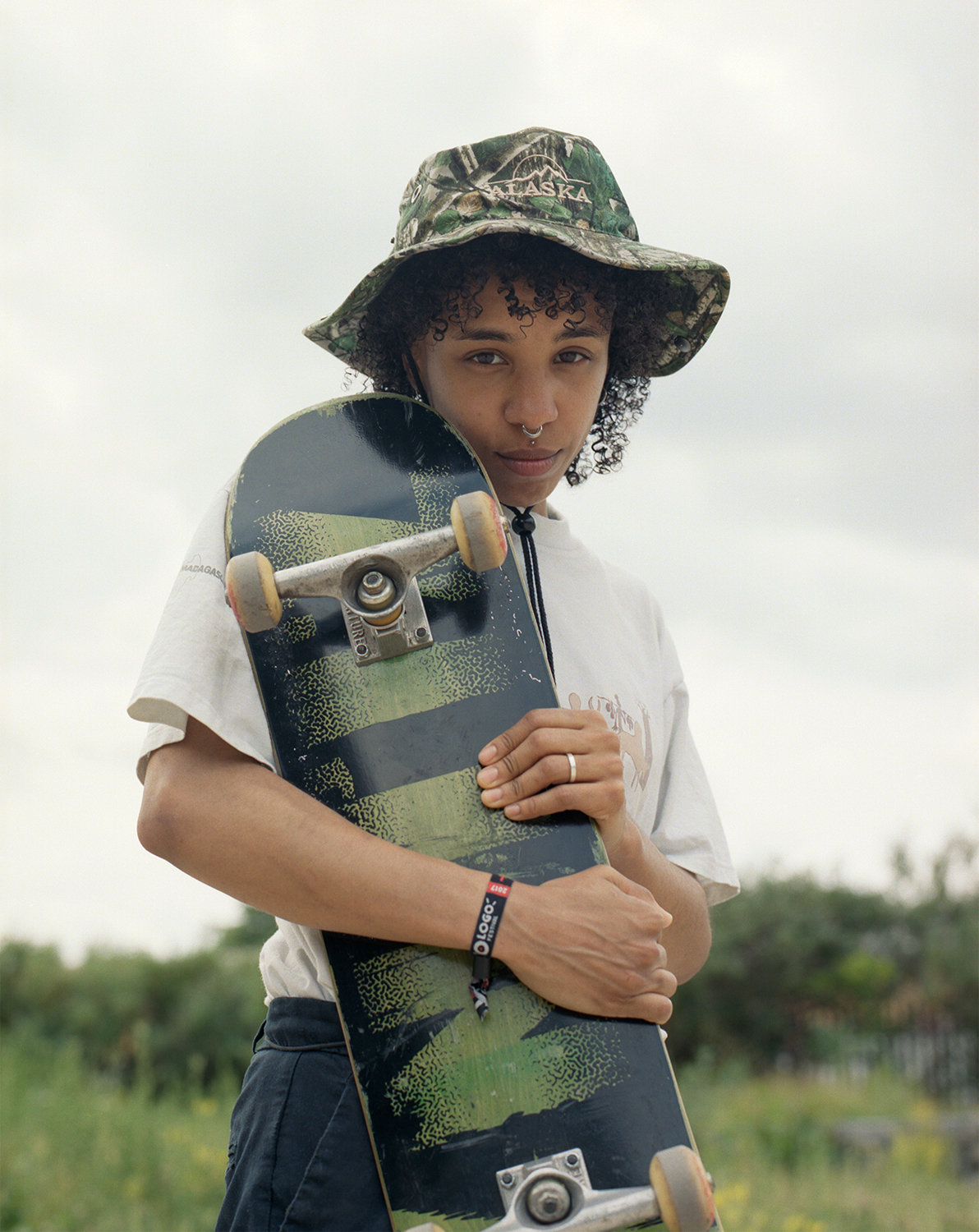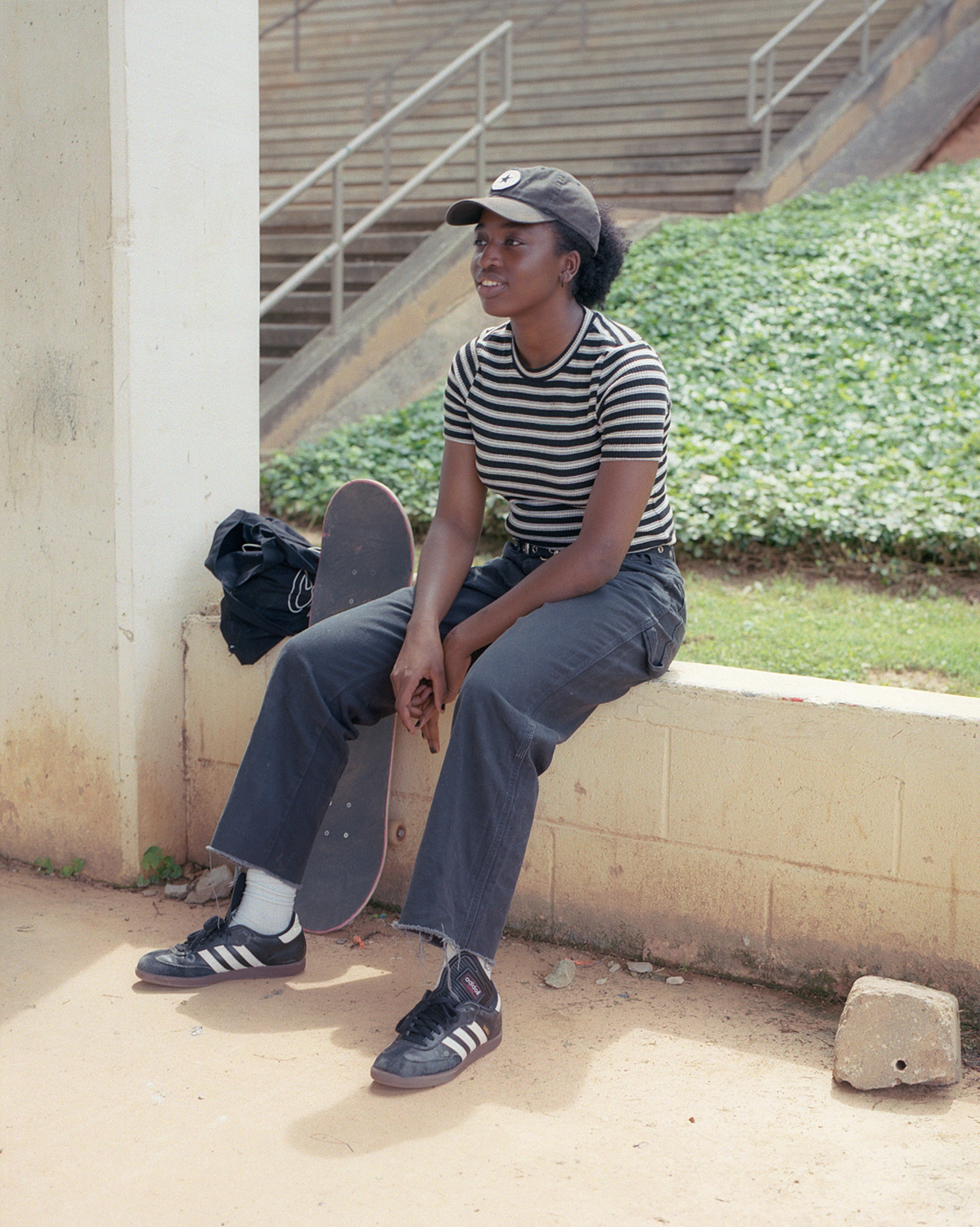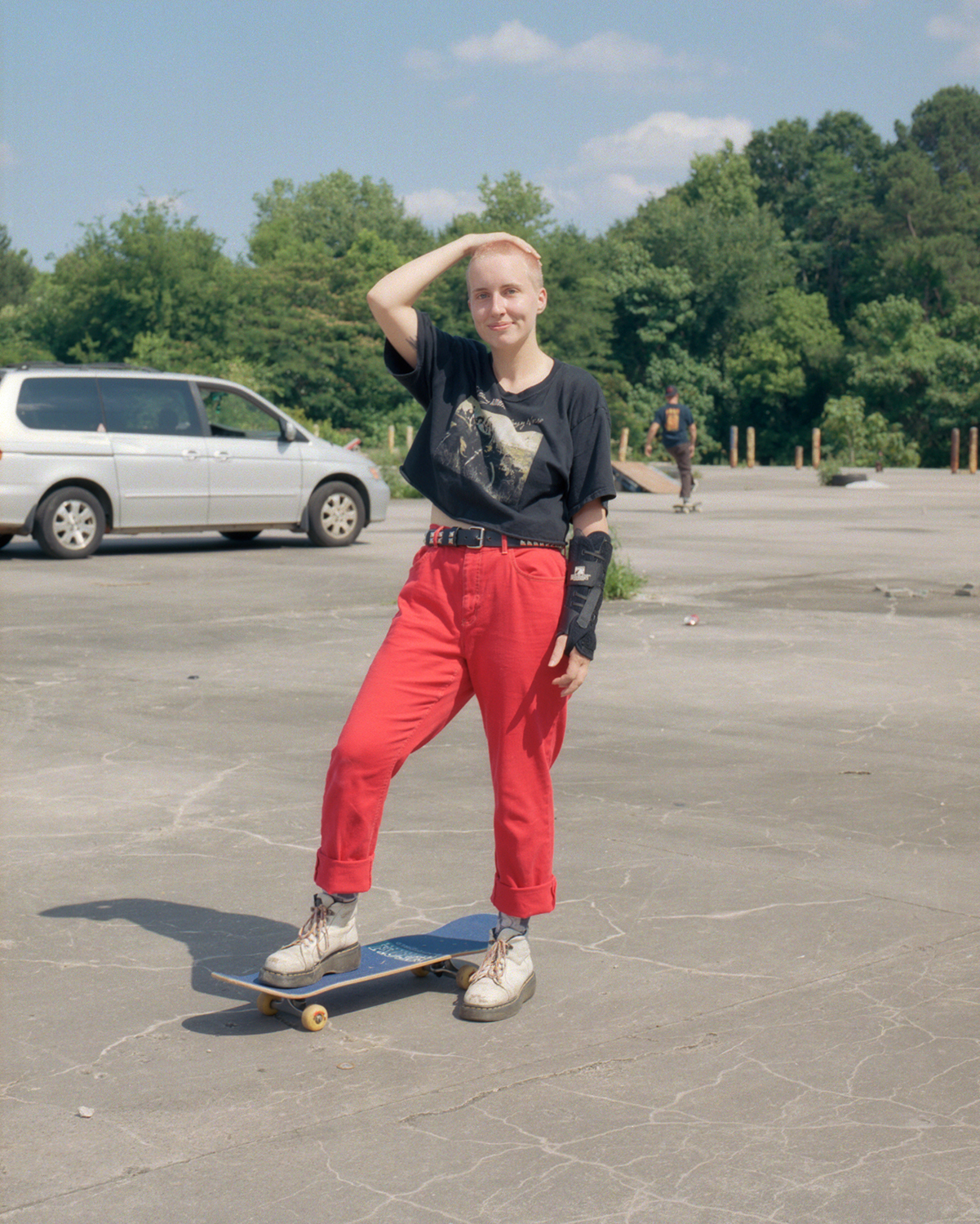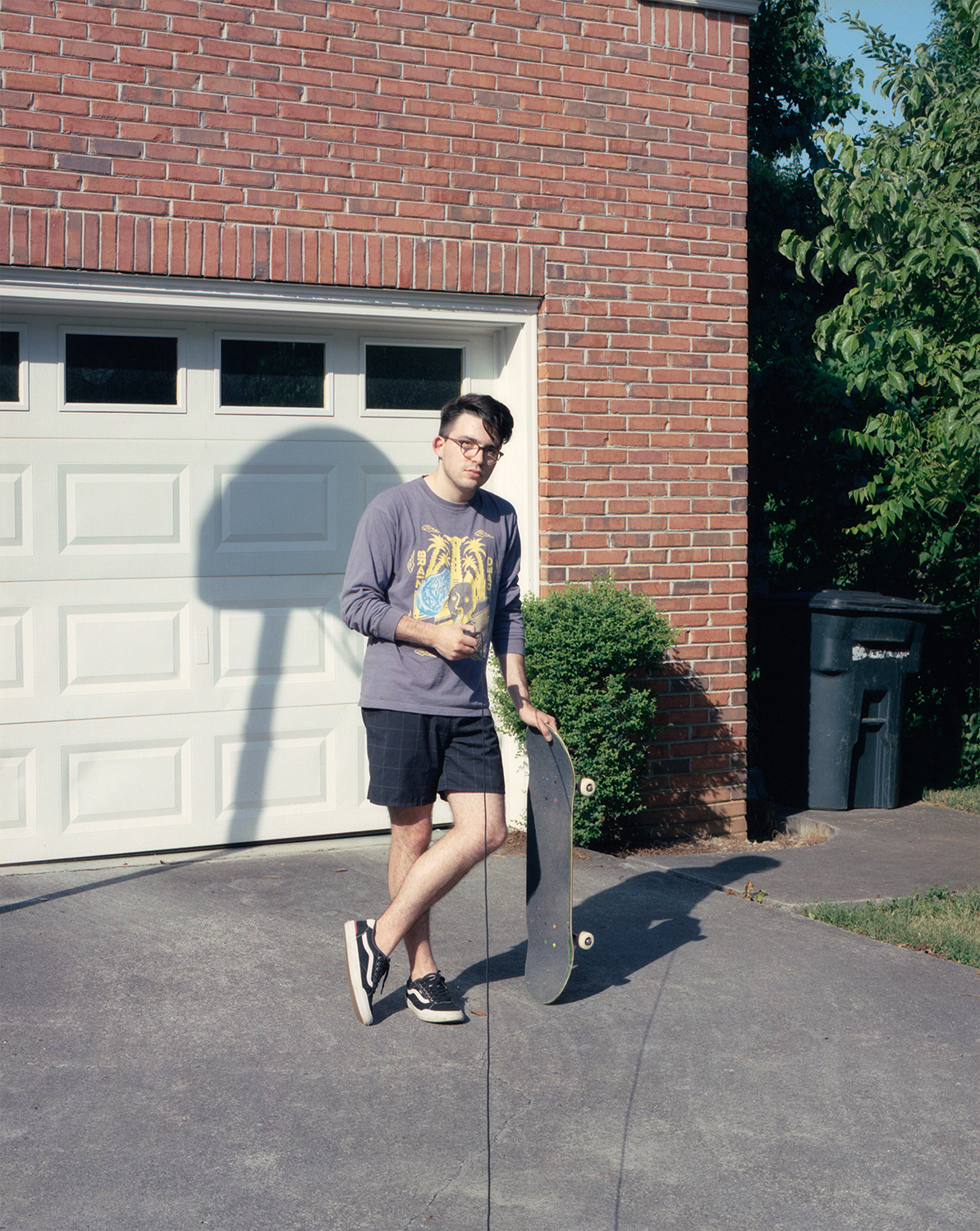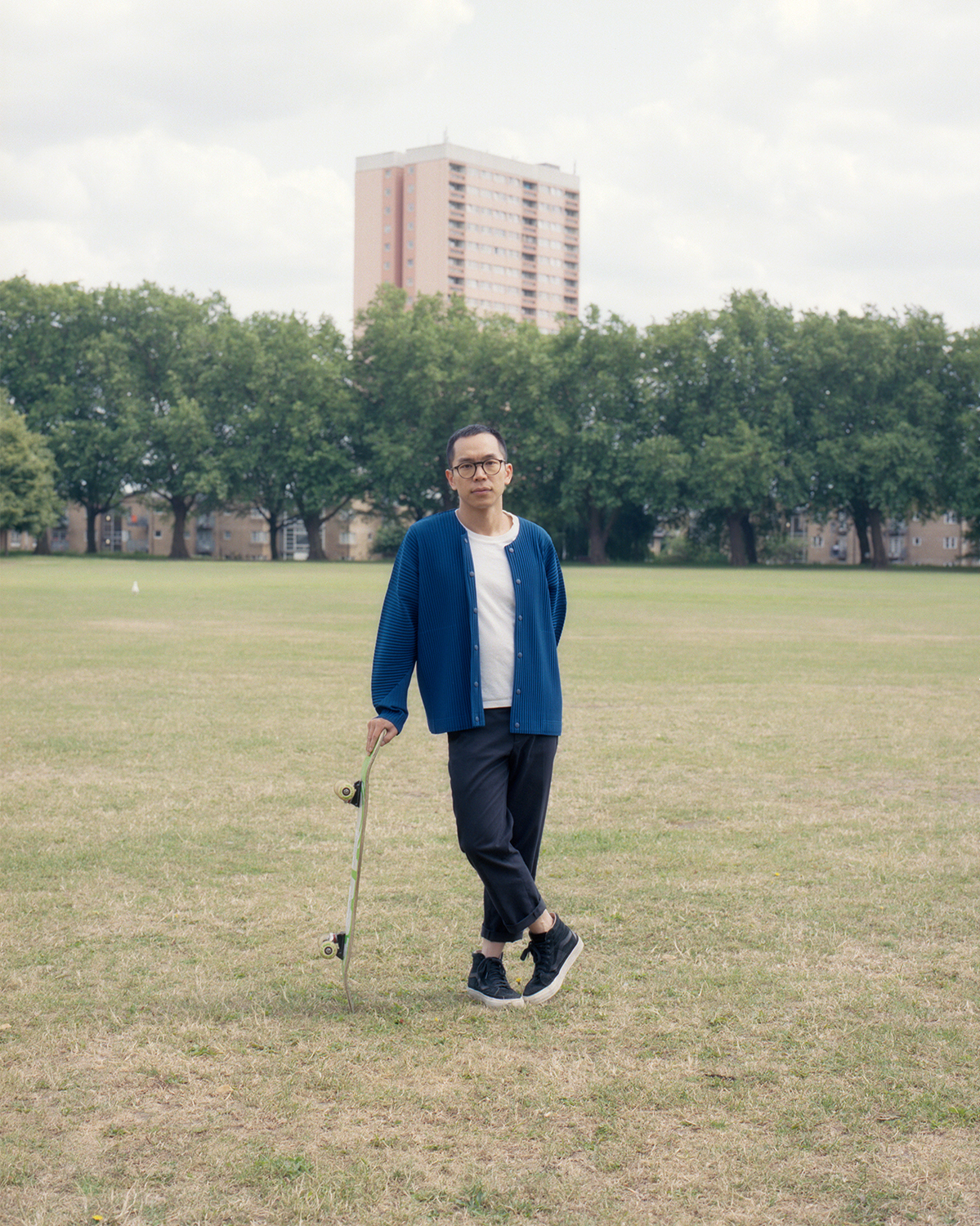Ross Landenberger
Queer Skateboarding
Only in recent years, the intersection between skateboarding and queerness has emerged. This subculture is becoming a new paradigm for diversity and acceptance in a predominantly masculine sport. Growing up queer around skateboarders, it was apparent that as a subculture they opposed many aspects of tradition and popular culture. Skateboarders support alternative timelines. They are not living for birth, marriage, reproduction and death. From my observation, skateboarders are living for something other than longevity; they are living with the urgency of now in mind. Skateboarders, much like queer people, are living a life unscripted by tradition. However, skateboarders fail to support this comparison because of the ingrained homophobia and sexism within the sport.
These attitudes in skateboarding made myself and many other queer people feel isolated in the culture, causing most to never begin learning. It was not until the last few years when queer skateboarding groups began emerging, through social media, that formal spaces were being created within skateboarding for queer people by queer people. Skateboarding is an extremely prolific and visual culture. Skaters have always identified themselves as skaters by their art, music, clothes, language, hair, and bodies. Clothing made by skateboarders, language that alludes to skateboarding, and hairstyles from iconic skaters were and still are the starting point for the majority of skaters’ style. The visual culture of skateboarding has been so successful that today many well-known clothing brands, like Supreme and Palace, started as skate brands and the high fashion world has taken notice. Powerhouses like Dior have referenced skateboarding in their lines and some brands have even introduced professional skateboarders onto the runway as models.
Skateboarding has such a rich history of style, so what is this new generation of queer skateboarders supposed to do? Are they supposed to wear brands and adopt a vernacular from a subculture that did not always welcome them? As a response, they are developing their own visual identifiers like skateboard graphics and clothing. These groups are subverting objects that belong to and were created by skateboarding and are using them to signal to other queer people that skateboarding is for them too.
Even in the fun loving and seemingly carefree culture of sports, marginalized groups find prejudice. Skateboarding was founded with counter hegemonic ideals, yet the subculture possesses contradictions to that because of the homophobia and sexism present. With this project, I hope to empower marginalized people, to show them that they are not alone in trying to carve out a place for themselves in an activity or subculture that was created without them in mind.
Can you tell me about your first time skateboarding and what is was like to grow up in Tennessee?
My first exposure to skateboarding was through my older cousin. He was one of those suburban teenage boys who was very into skateboarding, Bam Margera, Tony Hawk’s Pro Skater and all things destruction. I got my first skateboard for Christmas, but never felt very comfortable at my local skate park. It was a small slab of blue concrete that for the longest time only had one or two ramps. I’m sure this was happening in more places than just the South, but at the skate park kids would throw around homophobic language pretty often. Being in the closet at the time, this intimidated me and gave me no interest in befriending fellow skateboarders in my area. Personally, skateboarding was a source of liberation and escape, but at the same time it was a closet. I couldn’t come out at the skate park because of the violence I had witnessed in some Southern straight males. The culture in small town Tennessee bred bored and reckless young boys causing me to experience skateboarding solitarily by choice. There was a hyper masculine energy at the skate park that drove me away and made skateboarding manifest itself in different ways in my life. Growing up I spent a lot of time playing with those mini skateboards you use with your fingers, playing skateboarding video games, and being an active member of online skateboarding forums. I still skateboarded a lot, but mostly in my parents’ driveway.
How do you find your subjects?
I’ve become connected with so many amazing people and skateboarders through making these photos. At first I was photographing people I had met locally or at queer skateboarding meet ups, but as the project grew I began finding subjects through Twitter and Instagram. I do this through a combination of making calls for subjects on social media and reaching out to people I have become connected with through this project and organizing meet ups for Queer Skate Atlanta, our little group here.
How has meeting, photographing and skating with other Queer Skateboarders changed your perspective on the sport? What advice would you give to others who strive to find their space in a world that often isolates those who don't fit the visual mold we've made a sport to look like?
Finding other queer people who were interested in or were actively skateboarding revitalized the excitement for the sport I felt when first discovering it. I have been skateboarding often and progressing more than ever. The process of falling, getting back up and trying a trick again is an incredibly vulnerable one and it’s important to have a community of people to support and push you.
For people trying to make space for their identities in a subculture or activity, the advice I would give is to start by finding others with the same goals as you. No person is an island. Make flyers and use social media to connect you with people who think similarly.
To keep up to date on Ross’ upcoming work follow along here:
Instagram https://www.instagram.com/rosslandenberger/
Website http://www.rosslandenberger.com/



